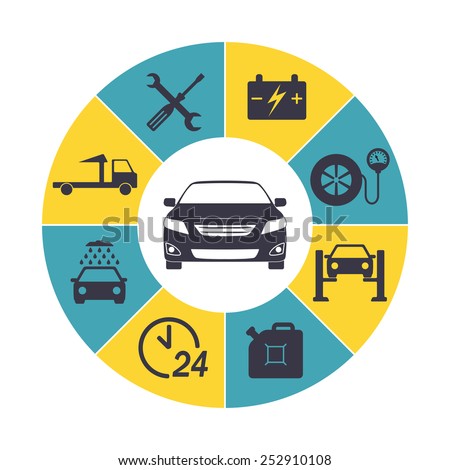Interpreting Your Automobile'S Alert Lights: Their Real Ramifications
Interpreting Your Automobile'S Alert Lights: Their Real Ramifications
Blog Article
Created By-Faulkner Winters
When you're behind the wheel, those glowing warning lights on your dashboard can be a little bit perplexing. Do you know what they're attempting to inform you concerning your auto's health? Recognizing the significance of these lights is crucial for your safety and the long life of your vehicle. So, car detailing mould removal following time one of those lights turns up, would not you wish to understand its message properly and take the necessary steps to address it?
Common Caution Lights and Interpretations
Determine common caution lights in your vehicle and recognize their meanings to guarantee safe driving.
The most typical caution lights include the check engine light, which signifies issues with the engine or exhausts system. If https://dailyvoice.com/new-jersey/warren-hunterdon/police-fire/car-slams-into-warren-county-auto-repair-shop-photos/825277/ comes on, it's vital to have your car checked without delay.
The oil stress warning light indicates low oil pressure, needing prompt focus to prevent engine damage.
A flashing battery light might recommend a damaged billing system, potentially leaving you stranded if not addressed.
The tire stress monitoring system (TPMS) light alerts you to low tire stress, impacting vehicle security and fuel performance. Disregarding this can bring about harmful driving conditions.
The ABS light indicates a problem with the anti-lock stopping system, jeopardizing your capability to stop rapidly in emergencies.
Lastly, the coolant temperature level advising light warns of engine getting too hot, which can lead to severe damages if not fixed swiftly.
Understanding these usual warning lights will aid you resolve issues without delay and keep risk-free driving problems.
Importance of Prompt Interest
Understanding the typical caution lights in your cars and truck is only the first step; the relevance of promptly addressing these cautions can not be emphasized enough to guarantee your safety and security on the road.
When a caution light illuminates on your control panel, it's your vehicle's way of communicating a prospective concern that requires interest. Neglecting these cautions can lead to extra severe problems later on, compromising your safety and possibly costing you extra in repairs.
Motivate focus to advising lights can protect against failures and crashes. For example, a blinking check engine light could suggest a misfire that, if left ignored, can trigger damage to the catalytic converter. Resolving this immediately can conserve you from a costly fixing.
Likewise, a brake system alerting light might signify reduced brake fluid or used brake pads, crucial parts for your safety and security when driving.
Do It Yourself Troubleshooting Tips
If you notice a caution light on your dashboard, there are a few do it yourself repairing tips you can try before looking for professional assistance.
The initial step is to consult your automobile's handbook to understand what the details warning light indicates. Often the concern can be as straightforward as a loose gas cap setting off the check engine light. Tightening up the gas cap might settle the trouble.
Another usual concern is a reduced battery, which can cause various alerting lights. Examining the battery connections for rust and guaranteeing they're protected might take care of the problem.
If a warning light continues, you can attempt resetting it by detaching the automobile's battery for a few mins and afterwards reconnecting it. In addition, examining your automobile's liquid levels, such as oil, coolant, and brake liquid, can assist repair warning lights connected to these systems.
Verdict
In conclusion, comprehending your vehicle's warning lights is crucial for maintaining your vehicle running smoothly and securely. By without delay dealing with these alerts and recognizing what they mean, you can prevent costly repairs and prospective failures.
just click the following document in mind to consult your auto's manual for certain information on each alerting light and act appropriately to ensure a hassle-free driving experience.
Stay educated, stay secure when driving!
